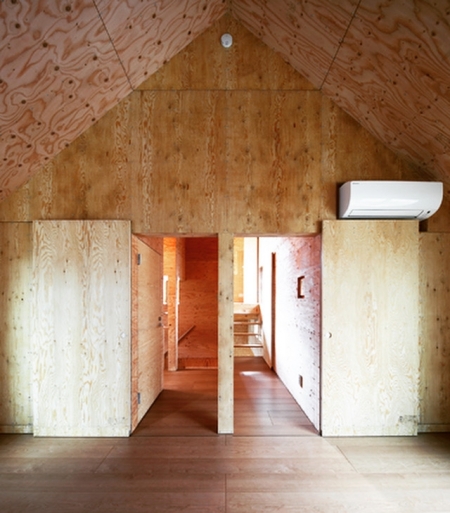人の領域、建築の領域
建具を服のように、身に纏い、着飾る、それは人と建築の関係性において、人を中心に据え、どこまでが人の領域で、どこからが建築の領域になるのかのせめぎ合いのようなことをイメージしている。
日常の生活の中でいろいろとコーディネートでできることは人の領域で、変えられないことは建築の領域で、その境界は明確にあるように思われているが、その境界自体が揺らげば、今まで見たことがない空間に出会える。
その場合は、人の領域が拡大していくのか、建築の領域が拡大していくのか、両方あり得るとは思うが、今までの建築の歴史的な流れは、建築の領域が拡大していく方向であり、その建築の領域の在り方が問われてきた。
今、興味があるのは、人の領域がどこまで拡大するか、そして、それによって、建築の領域の在り方がどう変わるかということであり、それは日常の生活や暮らしの場で起こることであるとし、それは建築を日常の生活や暮らしの中で考えるということである。
"Human domain, architectural domain"
Wearing and fitting fittings like clothes, it is like a battle between the human and the architectural relationship in the relationship between people and the building, focusing on the human sphere and from the architectural sphere. The image is.
What can be coordinated in everyday life is the domain of human beings, what cannot be changed is the domain of architecture, and it seems that the boundaries are clear, but if the boundaries themselves fluctuate, now You can meet a space you have never seen before.
In that case, it is possible that the area of people will expand or the area of architecture will expand, but I think that the historical flow of architecture so far is that the area of architecture has expanded The direction of the architectural domain has been asked.
Now I am interested in how far the human territory expands and how it changes the architectural territory, which happens in everyday life and living places. That means thinking about architecture in everyday life and daily life.

